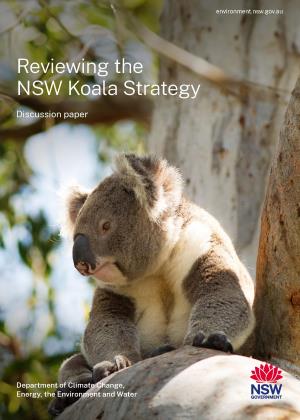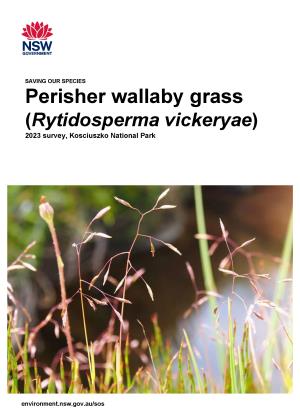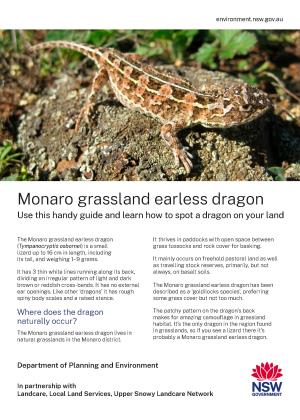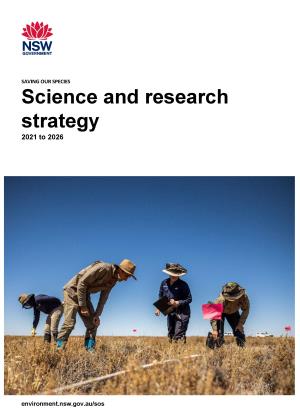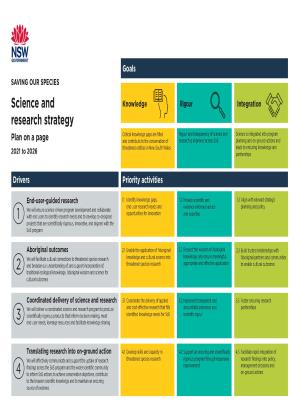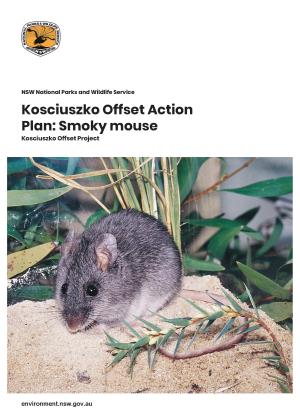The Malleefowl is found in semi-arid to arid shrublands and low woodlands, especially those dominated by mallee and/or acacias. A sandy substrate and abundance of leaf litter are required for breeding. Densities of the birds are generally greatest in areas of higher rainfall and on more fertile soils where habitats tend to be thicker and there is an abundance of food plants.
Much of the best habitat for Malleefowl has already been cleared or has been modified by grazing by sheep, cattle, rabbits and goats. The species has been shown to be highly sensitive to grazing by sheep, and is probably similarly sensitive to grazing by other introduced herbivores.
The effect of fire on Malleefowl is severe, and breeding in burnt areas is usually reduced for at least 30 years. However, the deleterious effect of fire appears to be mitigated if fires burn patchily.
Predation by the introduced fox is also thought to be limiting the abundance of Malleefowl and in many areas may be a major cause of decline. The degree of fragmentation of the remaining Malleefowl habitat is of particular concern and presents a major limiting factor to halting and reversing the decline of the species.


